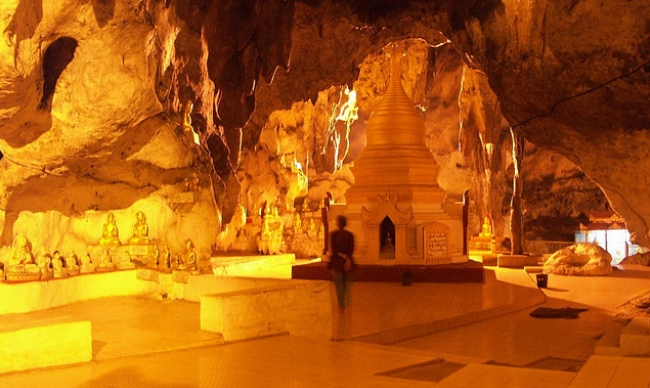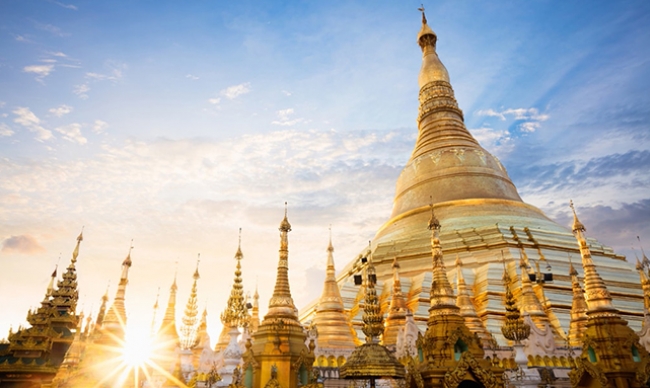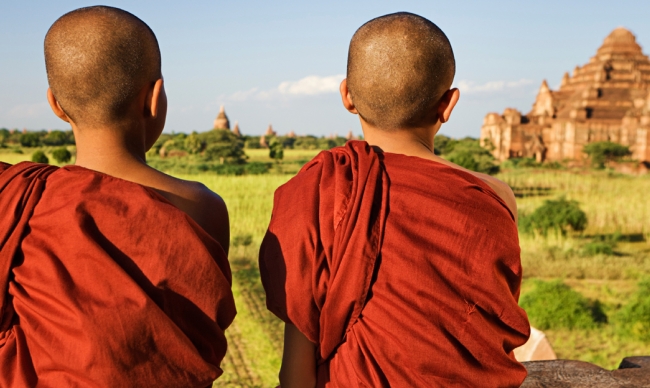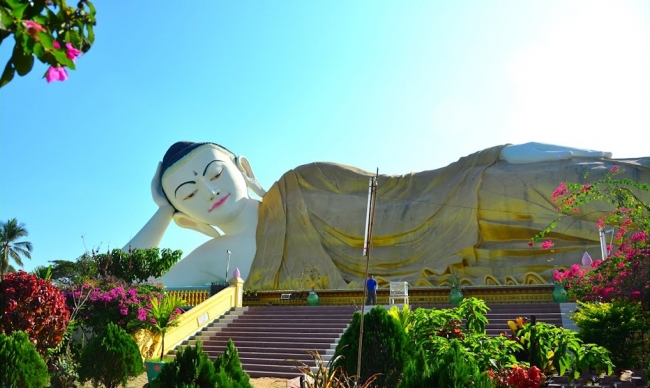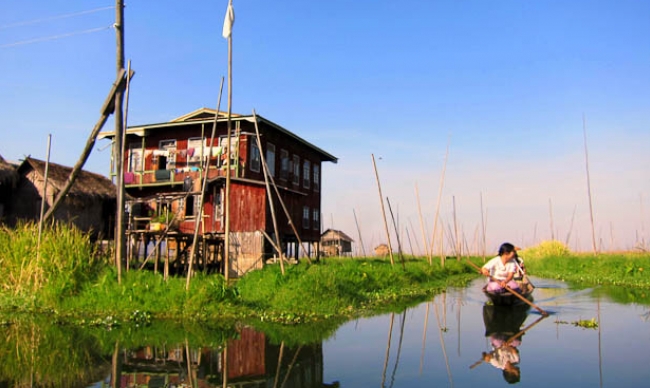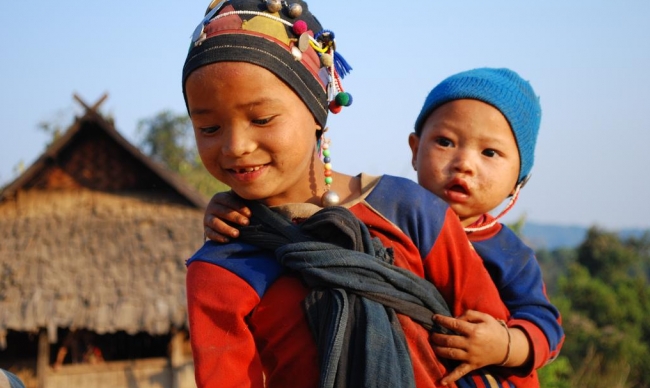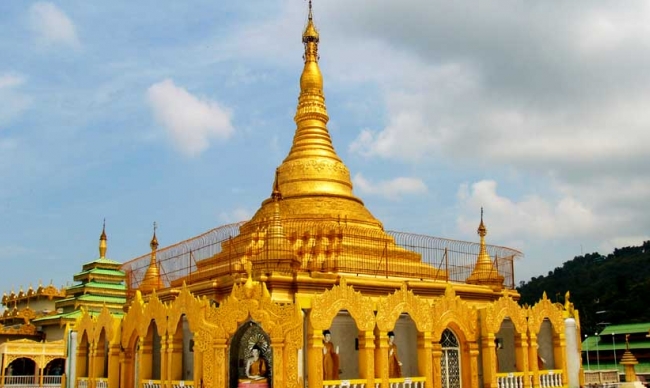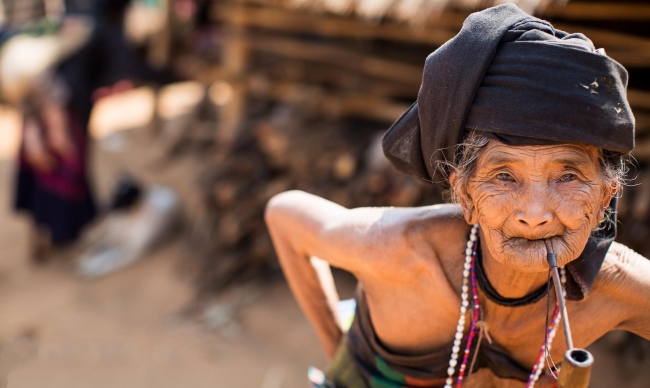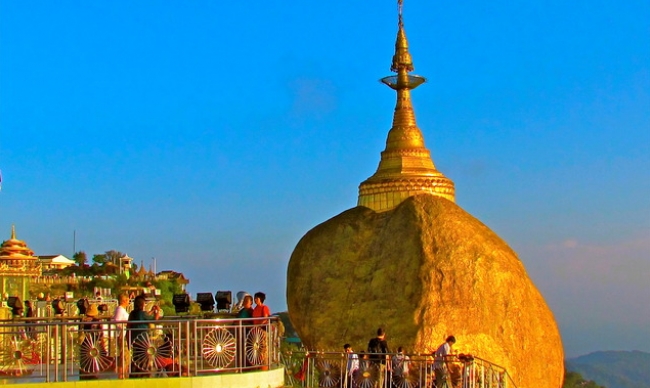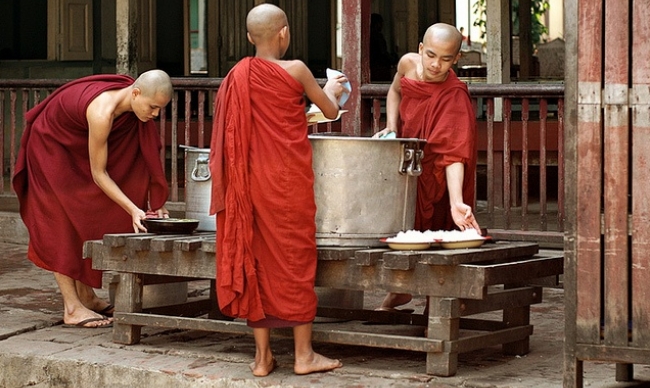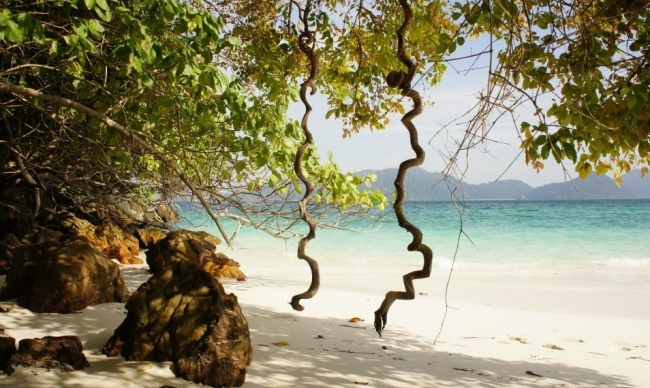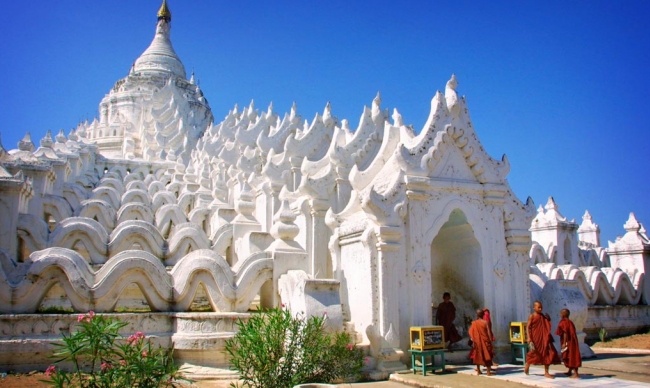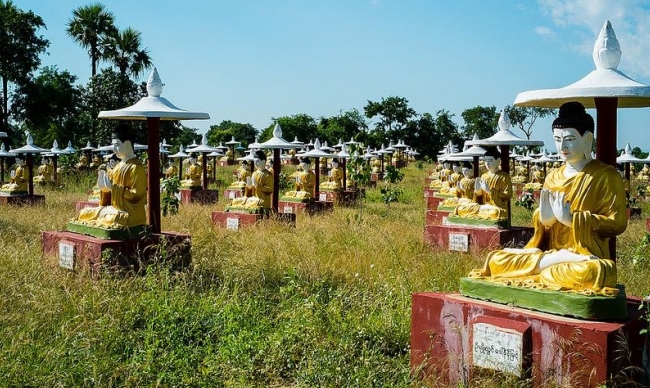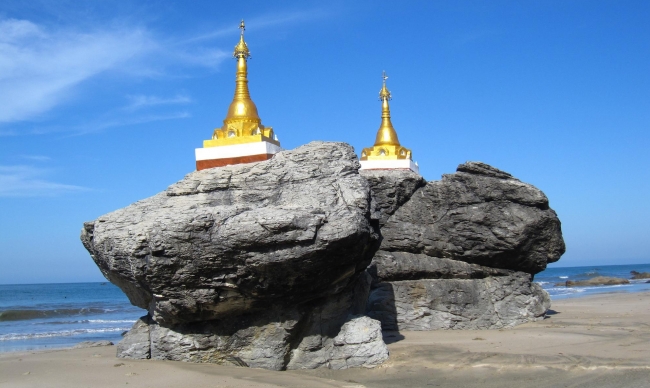Quick Facts:
- Location: 45 km north of Kalaw
-
Population:
-
Pindaya Township: 67, 866 (estimated 2002)
-
Pindaya Town: 16, 209 (calculated 2013)
-
Name variants: Yebyu, Pangtara, Pyandara
-
Mainly famous for its Pindaya Caves with over 8,000 Buddha statues
Situated about 40 kilometers north of Kalaw, Pindaya is a township belonging to Taunggyi District, Shan State, Myanmar. Its principal town is also named Pindaya which means 'take the spider down' in Burmese language; however, Pindaya is actually a picturesque town. Getting to the town by a train from Aungban, you may be left breathless by the panoramic views of dreamy and alluring mountains reported to be similar to southern Italy.
The town of Pindaya is mainly famous for its system of limestone caves named Pindaya Caves which house over 8,000 gold-covered Buddha statues in different sizes and made of different materials such as teak, marble, and alabaster. The Buddhist pilgrimage site as well as tourist attraction belongs to a limestone ridge of Myelat region, southern part of Shan State. On the ridge, there are three caves lying from north to south; however, only one of them is open to tourists. This southernmost Pindaya cave consists of more than eight thousands Buddha statues, representing Buddhist iconography from different periods of time.
According to legends, once there were seven celestial princesses bathing in the cave. They later on were trapped in the cave by a trap created by a giant spider. Fortunately, Prince Kummabhaya of Yawnghwe (Nyaung Shwe at the present time) came to the rescue as he killed the spider and destroyed the web, and that is why the cave is called ‘Pindaya’. Nowadays, statues of the prince and the spider can be found at the stairs leading to the caves’ entrance.
At the path to Pindaya’s southernmost cave – the only cave of the structure that can be entered and explored, there is a pagoda of 15 meters high named Shwe U Min, meaning ‘Golden Cave’. According to the pagoda’s modern form and style, it can be seen that Shwe U Min Paya is of new origin, although local legends say that it is built in the 12th century. In addition, thanks to pilgrims’ help, a steel covered stairway with various sculptures from different religious communities was added to the entrance of this cave. Later on, an elevator also came into place.
Inside the southernmost cave, there are more than 8,000 Buddha statues. The majority of statues are built in between 18th and 19th centuries, and others are brought to the cave by a wide variety of donors from ordinary people to governmental institutes. As a result, the statues as well as reredos and ornamental thrones around are in a rich diversity of styles. The most notable among them are about seventy Bhisakkaguru statues whose features are so unique that they are nowhere else to be found in Burma – they hold a seed in the flipped right palm.
Similar to other vicinities of Shan State, activities of five day markets are available at Pindaya. Joining in market days, you can easily find different minority groups living in Shan State gather to sell the products representing their areas.
